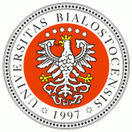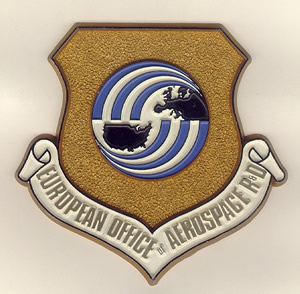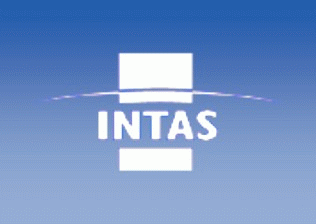Sponsors:



 |
|
Organized by
the Institute of Experimental Physics, University of Bialystok
Pierre J.Becker, France
One particle reduced density and x-ray interactions with matter. Experiment versus modelisation
Pierre J.BECKER, Jean Michel GILLET, Nour Eddine GHERMANI,
Blandine COURCOT
Ecole Centrale Paris, SPMS Laboratory, CNRS 8580 UMR,
Grande Voie des Vignes, 92295 Chatenay Malabry Cedex, France,
pierre.becker@ecp.fr
Work with contribution from Mathieu EHRHARDT, Aurelien HEES, Jean Sebastien RICHARD, students at Ecole Centrale Paris
-
First lecture
Density matrices, though quite abstract, are of unique relevance to describe electronic behaviour of any system. In the very commonly used "mean field approximation", the one particle reduced density matrix (1RDM) contains the whole information. Most models for correlation are built from perturbations of the 1RDM.
After defining the basic properties of density matrices, we will address the most general aspects of scattering processes, for X Rays, electrons and neutrons. This will be done in terms of space - time density correlation functions (Huyghens - Fresnel approach). The scattering cross sections will further be expressed in terms of the density matrix of the system. It will be shown that independent experiments give access to properties that are all related to the 1RDM, such as charge, spin and momentum densities. We will then briefly address the connections between spectroscopic experiments and density matrices.
The main idea is to discuss how combining independent experiments can lead to complementary aspects of the microscopic behaviour of systems, via density matrices. It is thus important to build models that can simultaneously take into account observations from independent experimental sources. This implies developing appropriate models for 1RDM.
We shall include some simple examples, in terms of tutorials. This was a request from young researchers at previous schools.
- Second lecture
Based on our own experience, we will first show some relevant applications of elastic and inelastic X Ray or neutron scattering towards the description of electronic structure of solids: ionic or covalent compounds, magnetic ones, molecular up to macro - molecular crystals.
We shall in particular develop a model approach consisting in describing a system as a sum of interacting subsystems (ions, molecules or small clusters) through a model we recently developed: the cluster partitioning model density matrix (CPM). We will show the added value when refining the density matrix from combined Bragg and Compton scattering experiments.
Then we will address the example of some recent studies concerning pharmaceutical compounds. When model crystals can be synthesized, the observed density can be compared with theoretical results on more realistic chemical environment and a strong interface with pharmacology appears to be very promising and demanding (styrylquinolines used against HIV integrase, busulfan used against some cancers). The CPM approach is of particular relevance in this domain.
Finally, we shall address the problem of describing the evolution of the electron density and density matrix of a system out of equilibrium or undergoing a chemical reaction. We will see, from very simple examples, for instance (H+H2=>H2+H ), how the dynamics and kinetics of the system can be related to the variation of the only charge density with reaction advancement coordinate. This new approach can allow for a highly inter-disciplinary research, and is also connected to future time resolved high resolution scattering experiments.
The main purpose of those lectures will be to show how the concept of density matrices, combined with the use of modern scattering sources, can lead to interdisciplinary research from material to pharmaceutical science.
|
|
|